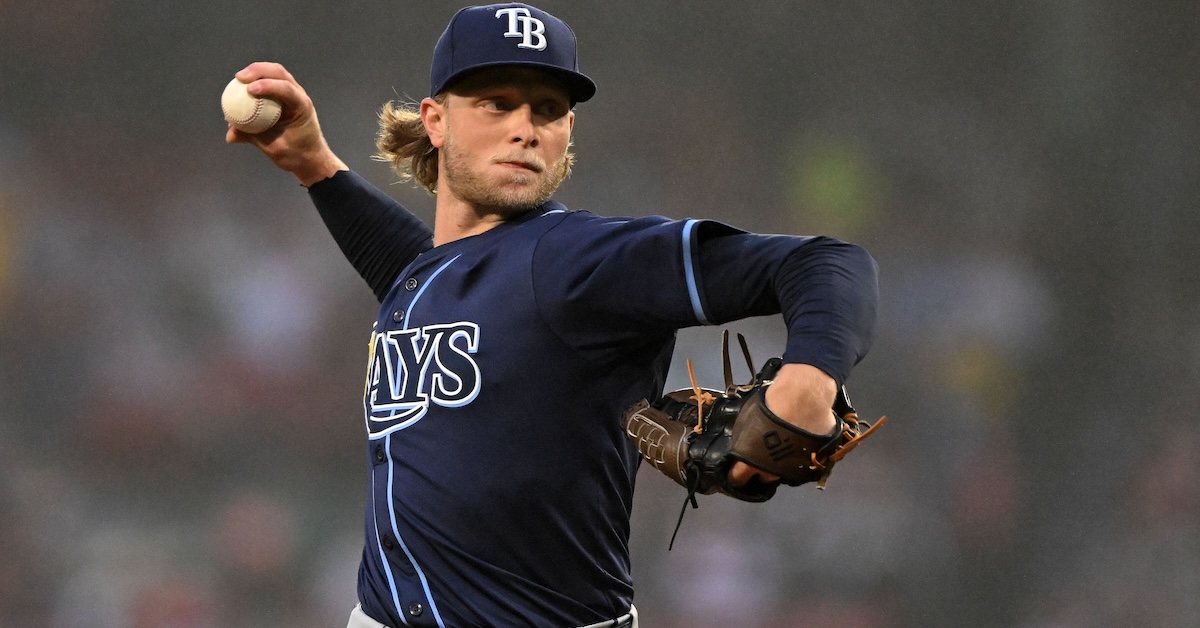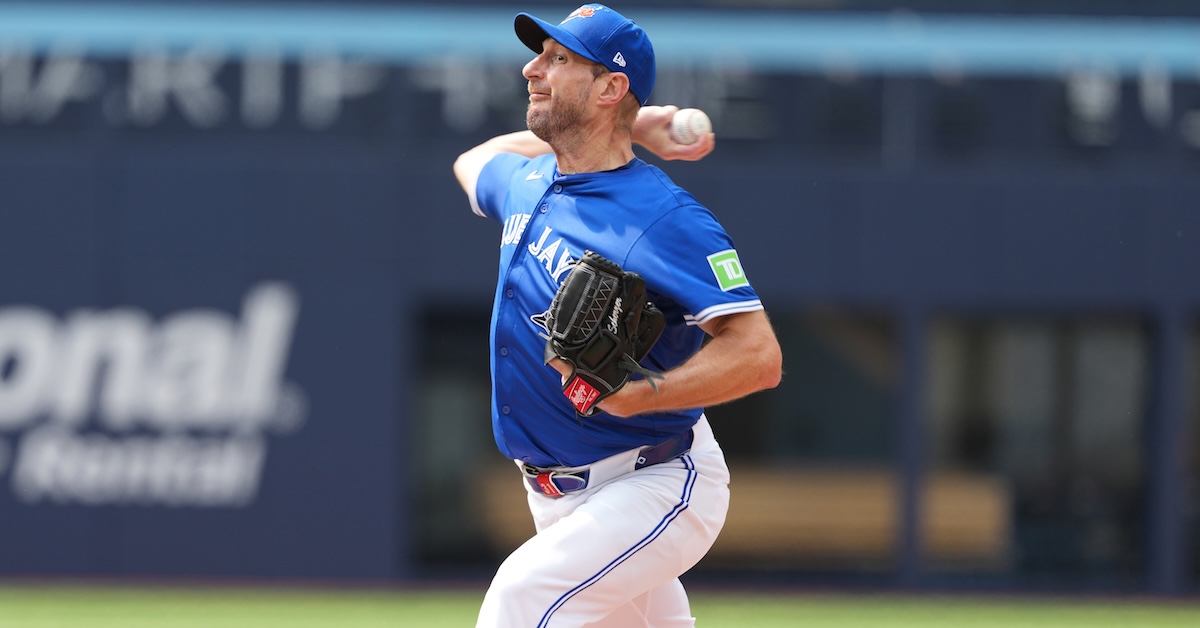A Conversation With Chase Burns

Chase Burns doesn’t need much of an introduction. The 22-year-old right-hander was featured here at FanGraphs prior to his much-anticipated June 24 major league debut, and when our Cincinnati Reds Top Prospects list was published in early May, he came in at no. 1, this after checking in at no. 28 overall as a 55 FV prospect on the offseason Top 100. And then there was the debut itself. With the eyes of the baseball world upon him, the second overall pick in last year’s draft fanned the first five New York Yankees batters he faced. With a fastball reaching triple digits and a razor-sharp slider to augment it, Burns has quickly established himself as one of the game’s most promising young arms.
Those things said, the flame-throwing Wake Forest University product is still a work in progress. Burns threw just 66 minor league innings before receiving his call-up, and while his initial frames were scintillating, he soon learned how challenging it is to face big league hitters. Not only did the Yankees go on to tag him for three runs, he failed to get out of the first inning in his second start, that against the Red Sox at Fenway Park.
How does Burns approach his craft, and what has he learned coming through not only Wake Forest’s pitching program, but also Cincinnati’s, which is likewise highly regarded? One day after his rocky outing in Boston, I sat down with Burns to find out.
———
David Laurila: What do you know now that you didn’t know when you were coming out of high school?
Chase Burns: “It’s kind of a growing process, really. You’re learning as you go. There is a lot I’ve learned about, including analytics, going from high school to college — and even now — about how can I make my stuff better, about what plays in the game today.”
Laurila: Pitching analytics and optimizing your stuff is important, but more than that goes into succeeding at this level…
Burns: “Yes. I was fortunate to go to Wake Forest, where we had the pitching lab, but the pitching coach there, Corey Muscara, kind of talked about that. He talked about how you don’t want to dive too deep into the analytics, because at the end of the day, you’ve got to go out there and get outs. That’s the biggest thing.”
Laurila: Is there any one thing you learned about yourself as a pitcher at Wake Forest that you feel is especially important?
Burns: “I think I figured out that I was more of a north-to-south pitcher, as opposed to an east-to-west pitcher. I kind of throw the ball middle and let my stuff move how it’s intended, instead of trying to make this big sweep right to left. I think that helps me a lot.”
Laurila: That wasn’t until you got to Wake Forest?
Burns: “Yes. When I was at Tennessee [where Burns spent his first two collegiate seasons], I was trying to go in and out more, rather than up and down with all my stuff.”
Laurila: I assume you know your pitch metrics?
Burns: “I do. I’m a cut-ride guy, and I feel like my vertical is pretty good. I’ve been up to 20-21 inches [with the fastball], but it averages around 18. When I was at Tennessee, the vertical was pretty low, and I realized that I could get more, so that was something I went after. Now I don’t really worry about it too much; I kind of just play into the cut-ride profile. I think that’s kind of another weapon for me.
“Nowadays a lot of people are chasing vertical and spin rate — stuff like that — and I think it could be a good thing, but at the same time, it could be bad with the amount of injuries that we have today.”
Laurila: The slider is your best secondary pitch. Has that always been the case?
Burns: “Yeah. It’s a pitch I’ve always had feel for, even when I was younger. Over the years, it’s kind of just progressed naturally.”
Laurila: You also have a curveball and a changeup…
Burns: “The curveball is something I’ve had since college, but I didn’t really have times where I needed to use it as much. But at this level, you’re going to have to use it. It’s still developing, but it’s been a weapon for me.
“My changeup isn’t very conventional. It’s the kick-change that everybody’s been talking about. I’m a supinator, so it’s kind of hard for me to throw a changeup. I started kicking it, and have had some success doing that.”
Laurila: When did you start throwing the kick-change?
Burns: “I starting kicking it this year, right before spring training. Some guys at Wake Forest helped me develop it. I told [the Reds] that I’ve been working on it, I threw it a lot, and they were pretty happy with it.”
Laurila: Your fastball and slider are plus-plus pitches, while the other two aren’t at that same level. How are you approaching pitch usage in terms of using your entire repertoire versus mostly just going with your best weapons?
Burns: “I mean, two pitches at this level can be hard. A hitter can eliminate one, and that makes it a lot easier for them, so having four is huge for me. That’s something I’ve been working on in my recent outing. My changeup has been a really good pitch for me, especially against lefties.”
Laurila: You’re a power pitcher. Is that accurate?
Burns: “Yes.”
Laurila: In a perfect world, a pitcher is more than just power. Along with having nasty stuff, he knows how to “pitch.”
Burns: “I mean, that’s the end goal. When you can match those two together, being a power pitcher who throws hard, but also be able to use finesse — go up and down, in and out, be able to paint the corners — that’s what makes a pitcher really dangerous.”
Laurila: Going from being more of a thrower to more of a pitcher is an important evolution. As young as you are, do you feel you’ve turned that corner?
Burns: “I think so. Maybe some people don’t agree with that, but I feel I’ve made huge improvements from being just a guy that just tries to throw it hard to a guy that actually goes out there and pitches. But like I said earlier, it’s a growing process.”





